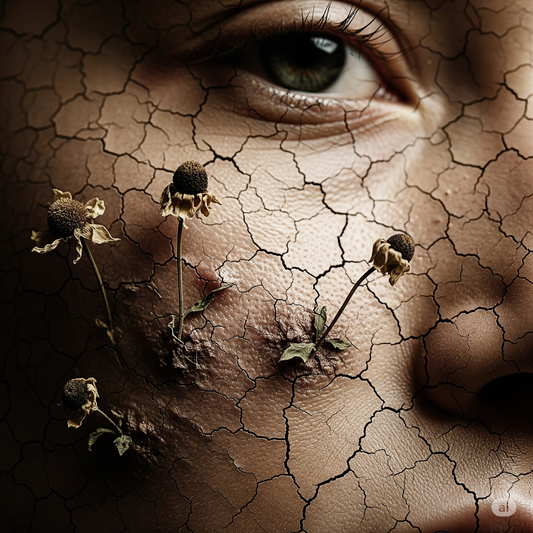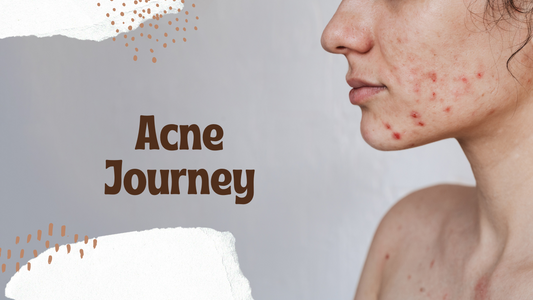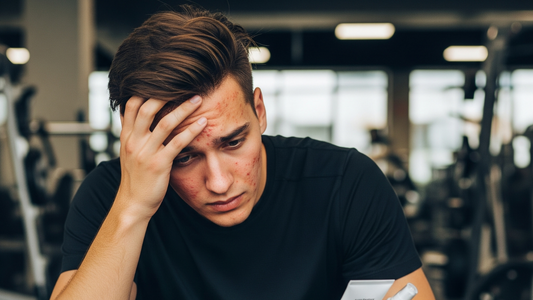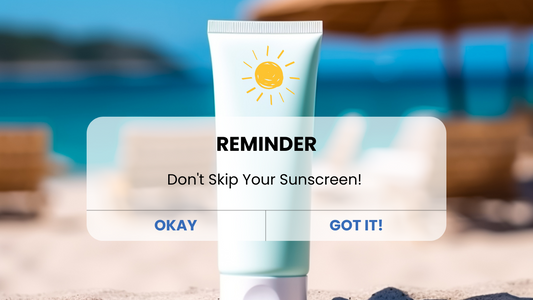Acne is a very common skin condition that affects most people at some point in their
lives. It's often associated with puberty, but it can affect adults, too. While generally not a
serious health risk, it can be frustrating and even emotionally distressing.
Let us discuss what acne is and how it is treated.
What is Acne?
Imagine your skin as having tiny little tunnels called pores or hair follicles. Inside these
tunnels are oil glands that produce sebum, a natural oil that keeps your skin moisturized.
Acne happens when these pores get clogged. This can happen for a few reasons:
-
Too much oil: Your glands might produce excess sebum, especially during puberty
when hormones are changing. -
Skin cell buildup: Your skin constantly sheds dead cells. If these don't shed away
properly, they can get stuck in the pores. -
Bacteria: A common type of bacteria called P. acnes lives on the skin. When pores
are clogged, these bacteria multiply, causing inflammation and redness.
When a pore is clogged, it can form different types of bumps:
-
Pimples (Pustules and Papules): These are red, inflamed bumps, often with a white
or greenish center (pus), caused by bacteria and inflammation. -
Whiteheads and Blackheads: These are pores that are simply plugged with oil and
dead skin. -
Cysts and Nodules: These are larger, deeper, and often painful lumps under the skin, which can lead to scarring
What Causes Acne?
While clogged pores are the direct cause, several factors can make acne worse:
-
Hormones: The main driver of acne, especially during the teenage years, pregnancy,
or menstruation. - Genetics: If your parents had acne, you are more likely to get it.
- Stress: While stress doesn't directly cause acne, it can trigger hormonal changes that make breakouts worse.
- Certain Medications: Some medications can cause acne as a side effect.
- Diet: The food you eat also has direct or indirect effect on breakouts.
Acne Treatments: What Works?
The good news is that most acne can be managed effectively. Treatment aims to clear the
pores, reduce inflammation, and kill bacteria.
1. Over-the-Counter (OTC) Products
For mild acne, many effective products are available at drugstores:
-
Benzoyl Peroxide: This is a common ingredient in facewashes and creams. It works
by killing the bacteria that cause acne and helps to unplug pores. -
Salicylic Acid: This ingredient helps to gently exfoliate the skin, removing dead cells
and preventing pores from clogging.
2. Prescription Medications
If OTC products aren't enough, a doctor or dermatologist may prescribe stronger treatments:
-
Topical Retinoids: These are vitamin A derivatives that are applied to the skin. They
are excellent at unclogging pores and preventing new breakouts. These are available
in various strengths. -
Antibiotics: These can be used topically (applied to the skin) or taken orally (pills) to
reduce bacteria and inflammation. -
Isotretinoin: This is a powerful oral medication reserved for severe, cystic acne. It
drastically reduces oil production and can clear up acne permanently, but it requires
careful monitoring by a doctor. -
Oral Contraceptives (Birth Control Pills): For some women, these can help
regulate hormones and reduce acne.
Tips for Managing Acne
While treatments are essential, good skin habits also play a big role:
- Be Gentle: Avoid scrubbing your face aggressively, as this can irritate the skin.
- Wash Twice Daily: Use a gentle cleanser, and wash after sweating.
- Avoid Picking: Picking or squeezing pimples can push bacteria deeper into the skin
-
Use Non-Comedogenic Products: These products are less likely to clog pores (look
for this label on cosmetics and moisturizers).
Acne is a manageable condition. If you are struggling with breakouts, consulting a
dermatologist is the best way to determine the right treatment plan for you.





